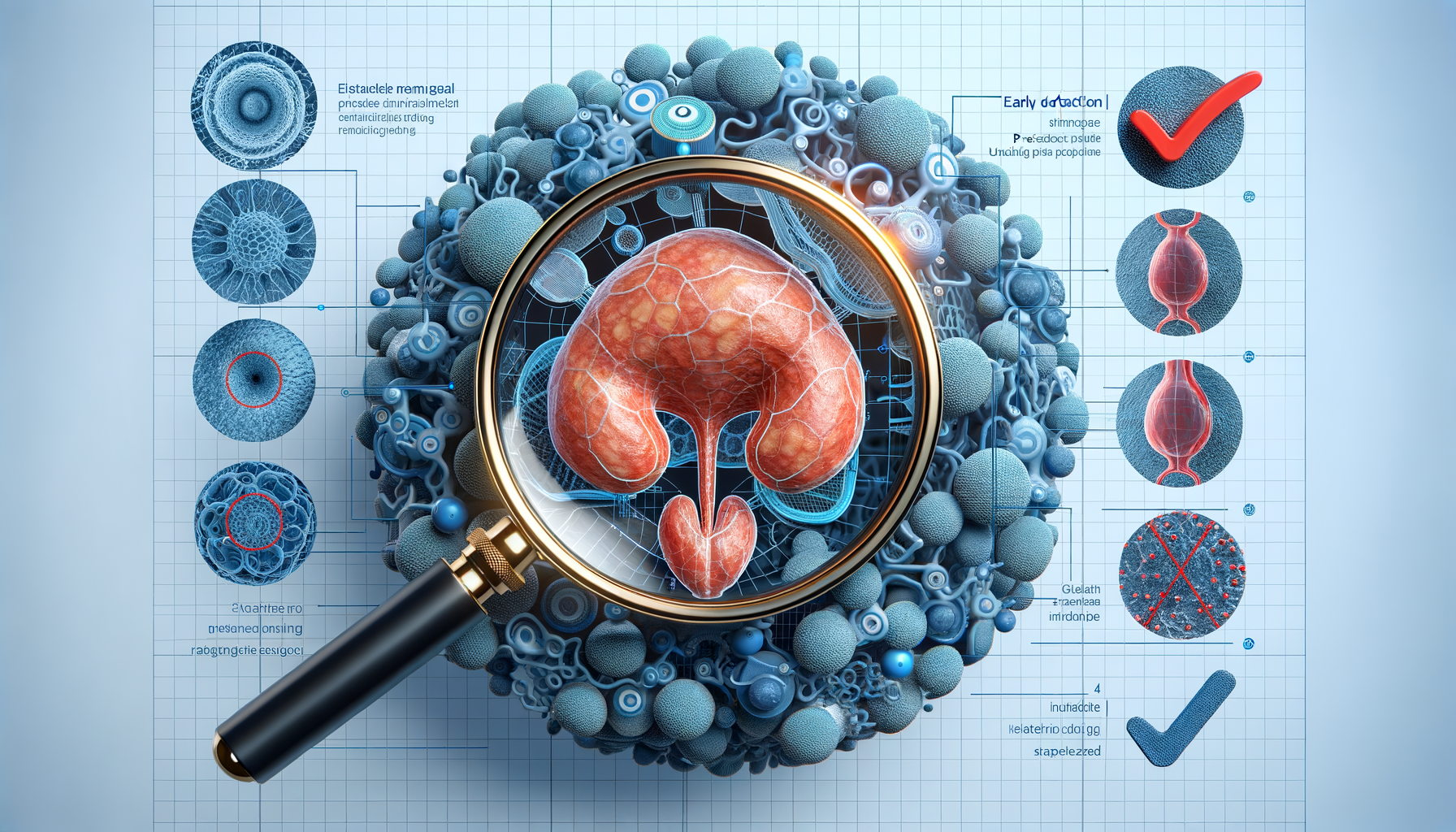
Recognizing the Signs: Understanding Parathyroid Disorder Symptoms
Introduction to Parathyroid Disorders
The parathyroid glands, though small and often overlooked, play a crucial role in regulating calcium levels in the body. Located behind the thyroid, these four tiny glands produce parathyroid hormone (PTH), which is essential for maintaining the balance of calcium in the bloodstream. Understanding the symptoms of parathyroid disorders is vital, as these conditions can significantly impact overall health. Early diagnosis and treatment are key to managing these disorders effectively, making awareness of their symptoms particularly important.
Common Symptoms of Parathyroid Disorders
Parathyroid disorders often manifest through a variety of symptoms, which can be subtle and easily mistaken for other health issues. Some of the most common symptoms include:
- Fatigue and weakness
- Depression or changes in mood
- Bone and joint pain
- Frequent urination and thirst
- Memory problems and confusion
These symptoms are often caused by imbalances in calcium levels, which can affect numerous bodily functions. For example, high levels of calcium can lead to kidney stones, while low levels might cause muscle cramps and spasms. Recognizing these symptoms early can lead to timely medical intervention, improving the quality of life for those affected.
Understanding Hyperparathyroidism
Hyperparathyroidism is a condition where one or more of the parathyroid glands become overactive, producing excess PTH. This leads to elevated calcium levels in the blood, known as hypercalcemia. Symptoms of hyperparathyroidism can include bone pain, kidney stones, and gastrointestinal disturbances. In some cases, individuals may experience no symptoms at all, making regular medical check-ups crucial for early detection. Treatment options vary depending on the severity and underlying cause, ranging from monitoring to surgical intervention.
Exploring Hypoparathyroidism
Hypoparathyroidism, on the other hand, is characterized by insufficient production of PTH, resulting in low calcium levels in the blood. This condition can lead to symptoms such as tingling in the fingertips, toes, and lips, muscle cramps, and even seizures. Managing hypoparathyroidism typically involves calcium and vitamin D supplementation to maintain appropriate calcium levels. Understanding the symptoms and treatment options for hypoparathyroidism is vital for those affected, as it can prevent complications and improve overall health.
Conclusion: The Importance of Early Recognition
Recognizing the signs of parathyroid disorders is crucial for early diagnosis and effective management. These conditions, although often overlooked, can have significant impacts on health and well-being. By understanding the common symptoms and seeking medical advice when necessary, individuals can take proactive steps towards managing their health. Regular check-ups and awareness of bodily changes are essential in identifying potential issues early, ensuring timely treatment and improved quality of life.


